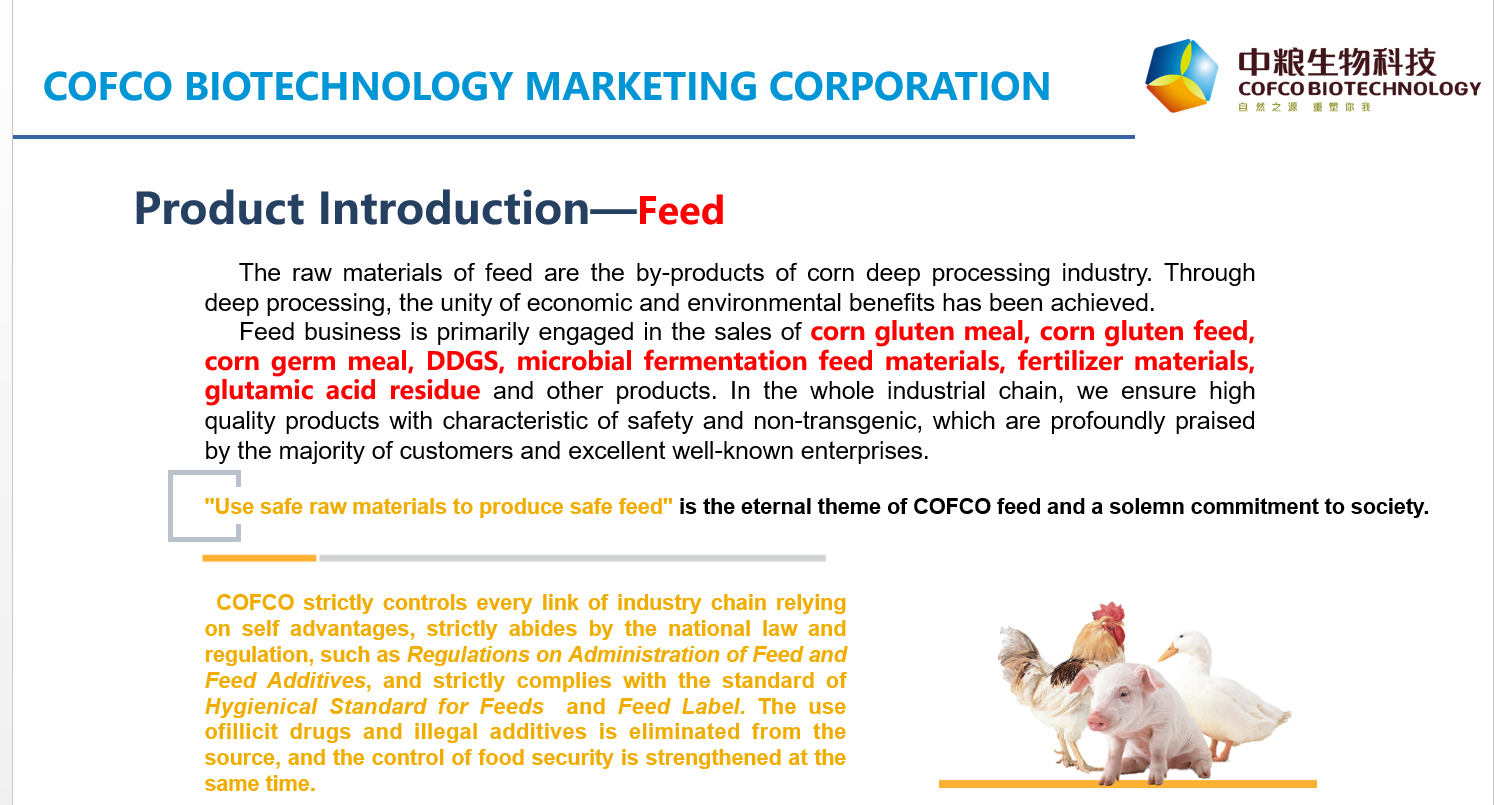The optimal timing for wheat planting typically occurs when the average autumn temperature drops steadily to around 18-15°C. At this stage, semi-winter and spring wheat varieties are usually sown. By taking advantage of natural conditions like temperature and light during autumn and winter, farmers can help develop strong seedlings before the cold sets in. This not only supports better winter survival but also increases tillering rates and grain weight. Currently, wheat planting is underway across the province from north to south. Based on regional variety requirements and general farming concerns, here are some recommendations for proper wheat sowing:
First, choose the right wheat variety according to the region and season. In the Huaibei area, early crops such as soybeans, sesame, and corn are usually harvested by mid to late September. Semi-winter wheat varieties are primarily recommended, with a slight increase in winter wheat varieties to make full use of favorable temperatures and light conditions for early planting. For fields where crops like cotton or hawthorn were harvested too late, spring wheat varieties are more suitable.
In the middle and southern parts of Huaibei and along the Huai River, both semi-winter and spring varieties can be planted depending on local conditions. With improved weather this year, it may be beneficial to expand the planting area for semi-winter varieties.
In the Jianghuai region, spring wheat varieties are generally the main choice.
Second, plan the sowing period based on the type of wheat. Different varieties have different ideal sowing windows. Weak winter varieties can be sown as early as late September, while mid-winter varieties should be planted between mid to late October. Spring varieties are best sown from late October to early November. Although early sowing within the appropriate window often leads to higher yields, some spring varieties with good overall performance but poor frost resistance—such as Zhengmai 9023 and Shumai 33—should be sown carefully to avoid early planting that could risk damage from cold snaps.
Third, implement supporting agricultural techniques. In the early harvesting areas of Huaibei, precision and semi-precision seeding methods, along with nitrogen transfer technology, can be promoted. These techniques encourage efficient tillering before winter, leading to more spikes and larger grains. The "nitrogen shift" technique helps increase protein content and improve wheat quality. Along the Huai River and Yangtze River regions, techniques like reduced-cost drilling, integrated pest management, and balanced fertilization should be adopted to ensure timely sowing and emergence, even when labor is tight. These practices ultimately support better yield and grain quality.

Feed Additive,Corn Gluten Meal Liquid,Cat Food Corn Gluten Meal,Corn Gluten Meal Mice
JILIN COFCO BIO-CHEM AND BIO-ENERGY MARKETING CO., LTD , https://www.cofco-biotech.com